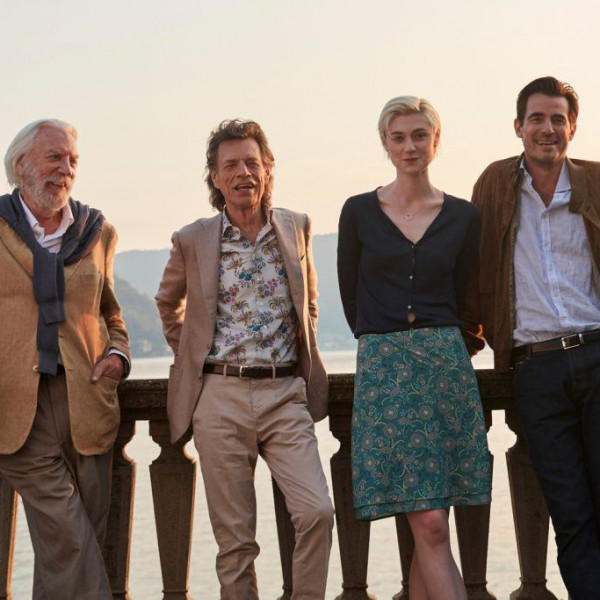
This Town excels in world-building and dialogue. A supporting cast of some of Aotearoa’s best balance laughs and drama, but a repetitive frame and an overreliance on its chosen storytelling devices eventually burns out its narrative.
Small-town bloke Sean (David White) is ready to move on with his life and re-enter the dating game five years after being acquitted of the murder of his family. A romance ensues with Casey (Alice May Connolly), while the bitter ex-cop who tried to put Sean away, Pam (Robyn Malcolm), continues her crusade for justice.
The film’s writer, director, and star, White, carries a heavy load. As for his pen, the story, characters, and setting of This Town are appealing and uniquely Kiwi. The fictional town of Thiston is a treasure trove of close-to-home satirical opportunities; some pulled off with gusto, some falling flat.
The sounds and scenes of Hawke’s Bay make for a glorious backdrop, but the camera is too often stagnant for the film to leave a visual impact. By the end, I’m simply bored of watching characters sit centre-frame to address the camera. This device introduces them well, but becomes a means to quickly pass by critical moments; to have a character sitting on a couch telling us all is resolved after screaming over the edge of a cliff five minutes prior deflates tension rather than building it to a bang.
Malcolm is This Town’s secret weapon. Her performance solidifies her as one of New Zealand’s most versatile talents. She plays moments of obsession, conflict, comedy, and sadness with ease, often within a single take. May Connolly brings endearing qualities to Casey, and Rima Te Wiata wrings laughs from every line as local reporter Janice McManis.
White brings a fresh style to his narrative-feature debut, but it is clearly just that, a debut. With a more refined approach, it will be interesting to see what he brings to New Zealand cinema in the future.











